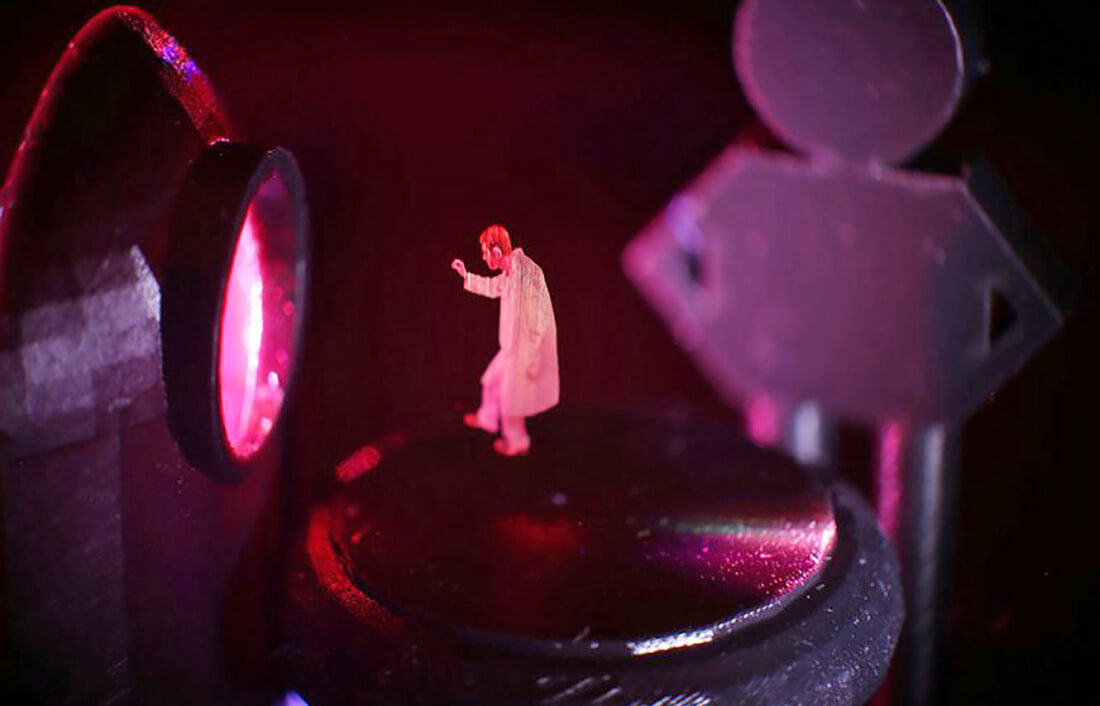The future may be coming sooner than we think. We've already seen numerous technological leaps in the fields of artificial intelligence, smart home tech, cloning and even levitation over the past several years. However, there's one piece of the science fiction puzzle that continues to elude innovators: true three-dimensional holograms similar to what we've seen in the Star Wars franchise.
A group of researchers from Brigham Young University (BYU) may have finally achieved just that, albeit with a few caveats. First of all, the team hasn't created an actual "hologram" - not technically. Rather, they've used an "Optical Trap Display" to create three-dimensional "volumetric images" that can be viewed and interacted with from virtually any angle.
"Often, when we think of an image that's floating in space that's 3D, we think of a hologram," said BYU Professor of Electrical Engineering Daniel Smalley. "But really, a hologram cannot make the Princess Leia image, or the Avatar table, or the Iron Man display. A 3D image that floats in [the air], that you can walk all around and see from every angle, this image is called a 'volumetric image.'"
The Optical Trap Display uses lasers to capture physical particles, meaning images take up actual space. These particles are then moved around to create three-dimensional images. "This display is like a 3D printer for light," Smalley said. "You're actually printing an object in space with these little particles."
So far, researchers have managed to use the technology to create three-dimensional shapes (such as a pyramid), a vaguely Leia-like figure and even something that looks suspiciously like Godzilla. Whether this technology eventually makes it to market or not, it's certainly intriguing to see yet another sci-fi fantasy materialize as reality.
